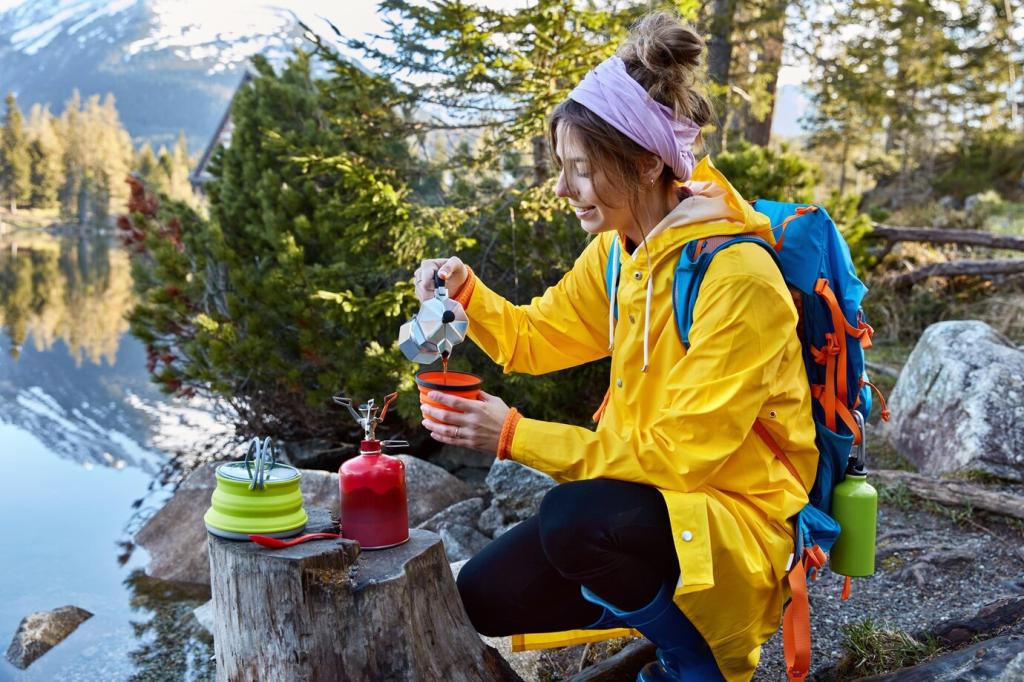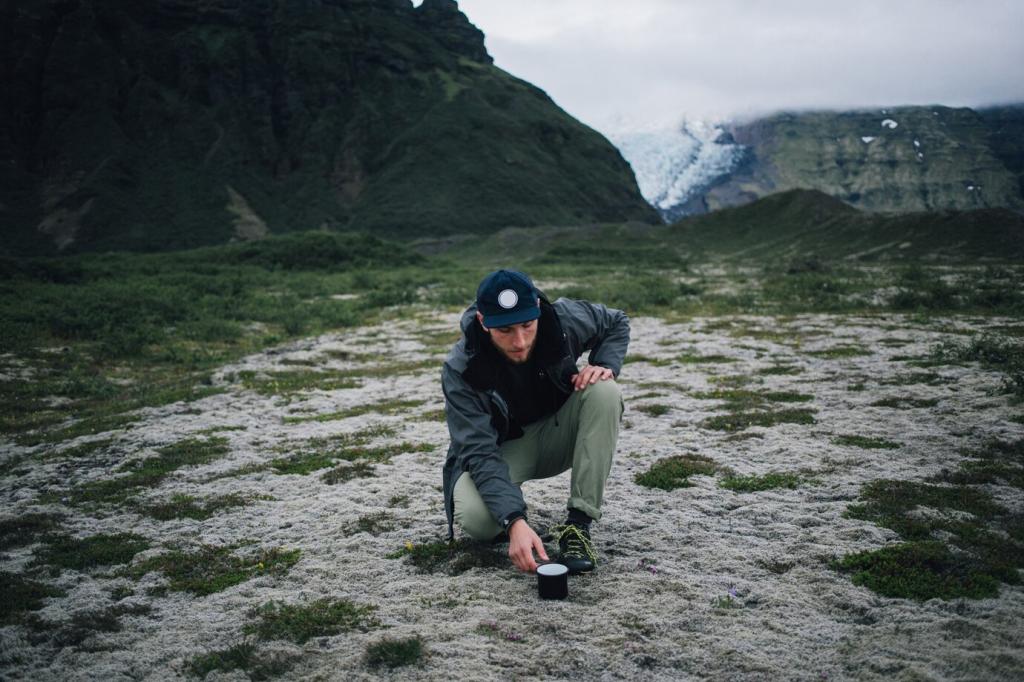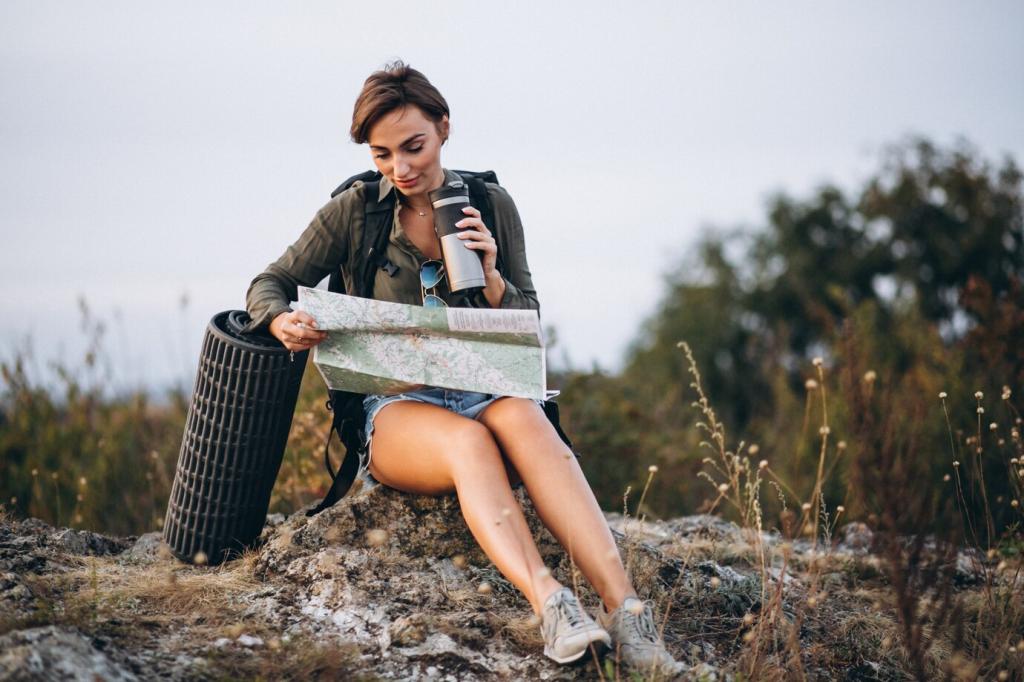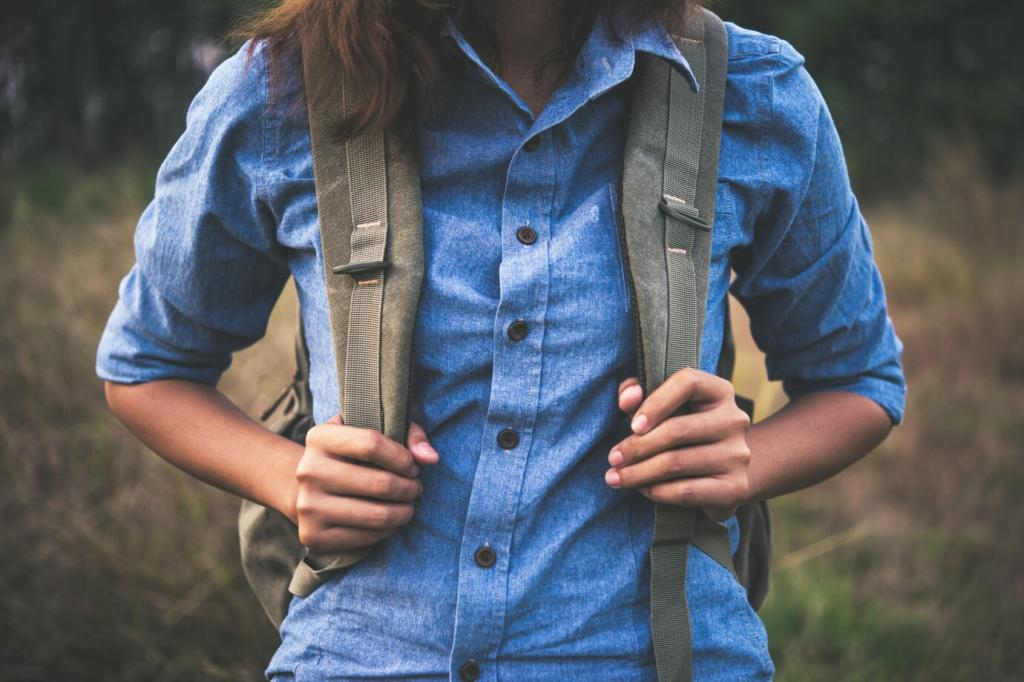Gear Checklist for Seasonal Mountain Hikes: Pack Smart, Hike Safer
Chosen theme: Gear Checklist for Seasonal Mountain Hikes. Welcome to your friendly, field-tested guide for packing with confidence through spring slush, summer heat, autumn storms, and winter chill. Subscribe and share your checklist tweaks so we can refine together.
Four-Season Layering Strategy Checklist
Base Layers by Temperature and Sweat Rate
Prioritize moisture-wicking tops and bottoms suited to expected temperatures and your personal sweat rate. In cool months, choose midweight merino or synthetics; in summer, ultralight pieces shine. Pack a dry spare to swap into at breaks for warmth and morale.
Insulating Mid-Layers for Shoulder Seasons
Carry a compressible fleece or synthetic puffy when spring winds or autumn shade sap heat. Synthetic insulation handles damp conditions better than down. If you do carry down, add a reliable dry bag and a windproof shell to protect loft on exposed ridgelines.
Shells and Ventilation Management
A breathable waterproof jacket with pit zips handles cold rain and wet snow; a wind shirt excels on blustery but dry days. Pair with glove liners for dexterity. Vent early on climbs, then seal up quickly when stopping to avoid rapid heat loss.
Footwear and Traction, Season by Season
When meltwater swallows trails, waterproof boots paired with mid-height gaiters keep mud and slush out. Trekking poles steady creek crossings. A simple boot brush in your trunk preserves treads and helps prevent invasive seeds from hitching rides home.

Footwear and Traction, Season by Season
Choose breathable trail runners or hybrid hikers, and rotate socks at midday. Pre-tape hotspots with kinesiology tape, carry a dedicated blister kit, and loosen laces on climbs. Mesh shoes dry fast after surprise storms, but mind scree with snug gaiter caps.
Navigation, Communication, and Power Essentials
Carry a paper map in a waterproof sleeve and a reliable baseplate compass. Spring blowdowns and winter drifts reroute footpaths. Mark bail-out points and creek crossings beforehand. A grease pencil on the map margin notes timings and refuel spots.

Hydration, Nutrition, and Cooking Across Seasons
In spring runoff, pre-filter silty water with a bandana before using a filter. Summer algae blooms call for chemical purification backups. In winter, carry an insulated bottle sleeve and store bottles upside down so the cap doesn’t freeze shut.


Hydration, Nutrition, and Cooking Across Seasons
Cold burns calories fast. Pack calorie-dense foods that stay palatable in the cold: nut butters, chewy bars, and savory wraps. In heat, emphasize electrolytes and quick carbs. Stash a “morale snack” you only open after reaching the crux.
Shelter, Safety, and Emergency Kits
Emergency Bivy, Layers, and Seasonal Shelters
Carry a reflective emergency bivy year-round. In winter or remote shoulder seasons, add a lightweight tarp and extra insulating layer. A foam sit pad preserves core warmth during breaks, and doubles as splint padding if injuries arise unexpectedly.
First-Aid with Seasonal Specifics
Include blister care, elastic wrap, and pain meds, then add seasonals: tick removal tools in spring, antihistamines for summer blooms, and toe warmers for winter. A small SAM splint and triangular bandage solve many trail mishaps efficiently and safely.
Fire-Starting When Wet, Windy, or Icy
Pack three ignition methods: stormproof matches, a lighter, and a ferro rod. In wet forests, carry dryer lint or fatwood. Create a windbreak with trekking poles and a space blanket. Practice once at home; confidence matters when fingers go numb.

